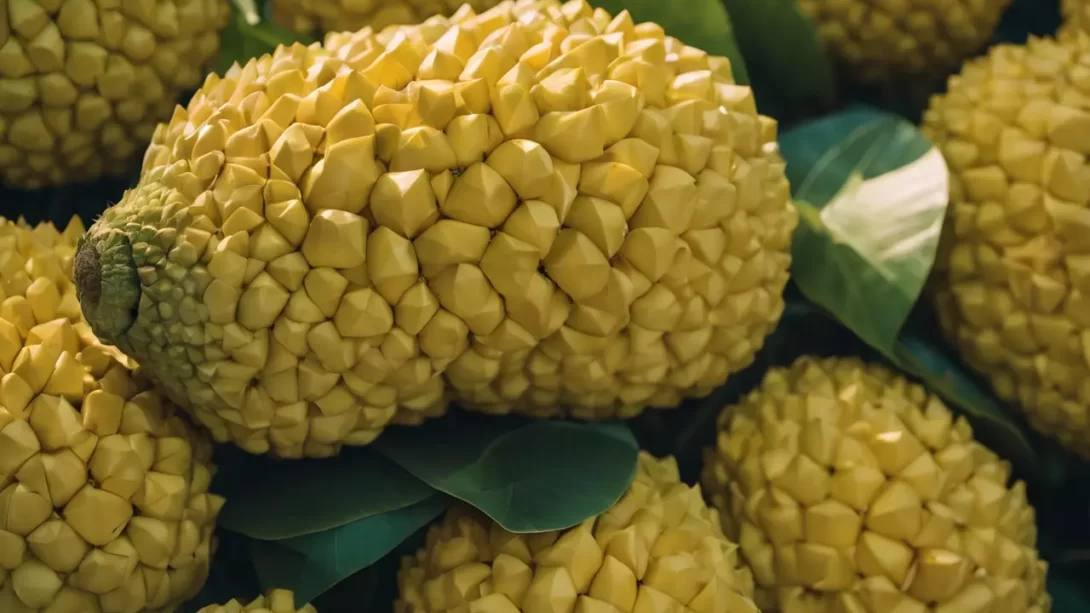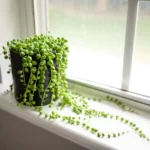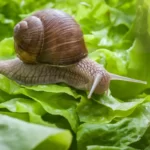The world of fruits is vast and varied, offering a plethora of flavors, textures, and nutritional benefits. Among this diversity, certain fruits beginning with the letter ‘J’ stand out for their unique characteristics. This article aims to explore these fruits, delving into their origins, tastes, and uses in culinary traditions around the globe.
Common Fruits Starting with J
Jackfruit
Jackfruit is a tropical fruit known for its large size and distinctive, spiky exterior. Native to parts of South and Southeast Asia, it has become increasingly popular worldwide. The taste of ripe jackfruit is often described as a combination of apple, pineapple, mango, and banana. It’s versatile in the kitchen, used in both sweet and savory dishes. Unripe jackfruit has a meaty texture, making it a popular meat substitute in vegetarian and vegan cooking. Nutritionally, jackfruit is rich in vitamins, minerals, and dietary fiber.
Jujube
The jujube, also known as the red date or Chinese date, is a small, reddish-brown fruit that originates from China. It has a sweet, apple-like flavor and can be eaten fresh or dried. When dried, jujubes resemble dates in texture and taste, becoming chewier and sweeter. Jujubes are often used in traditional medicine for their health benefits, which include aiding digestion and improving sleep.
Jaboticaba
Jaboticaba is a lesser-known fruit native to Brazil, growing directly on the trunk of its tree, a characteristic known as cauliflory. These small, round fruits have a deep purple, almost black skin with a sweet, grape-like flavor. The pulp is juicy and fragrant, often used to make jellies, wines, and liqueurs. Jaboticaba is rich in antioxidants and is praised for its potential anti-inflammatory properties.
Exotic and Lesser-Known J Fruits
Juniper Berries
Juniper berries, most famous for flavoring gin, are small, blue-hued berries from the juniper shrub. While not a ‘fruit’ in the traditional sense, they are used as one in culinary contexts. These berries have a piney, slightly citrusy flavor and are used in small quantities due to their strong taste. Apart from gin, they are also used to flavor dishes like game meats and sauces.
Jungle Jalebi (Camachile)
Jungle Jalebi, also known as camachile or Manila tamarind, is an exotic fruit with a peculiar, twisted pod-like shape. Native to parts of South and Central America, it has made its way to various tropical regions around the world. The fruit pods contain a sweet and sour pulp, which is eaten raw or used in preparing refreshing drinks and desserts. The unique taste of Jungle Jalebi is often compared to a combination of tamarind and lemon, with a slightly tangy and sweet flavor profile.
Japanese Persimmon
Japanese Persimmon, known for its vivid orange color, is a popular fruit in East Asian countries. There are several varieties, but they are generally categorized into two types: astringent and non-astringent. The astringent varieties are high in tannins and need to be fully ripe before consumption, while non-astringent persimmons can be eaten while still firm. The flesh of ripe Japanese Persimmon is sweet and honey-like, often used in baking, salads, and desserts.
Health Benefits and Nutritional Value
Fruits beginning with ‘J’ not only offer a range of flavors but are also packed with various health benefits. For instance:
- Jackfruit is high in vitamin C, potassium, dietary fiber, and some B vitamins.
- Jujubes are a good source of vitamin C and antioxidants, known for their soothing and immune-boosting properties.
- Jaboticaba contains compounds like anthocyanins, which have been studied for their anti-inflammatory and antioxidant effects.
- Juniper berries are rich in essential oils and flavonoids, beneficial for digestive health.
- Jungle Jalebi offers a good dose of vitamin C and minerals like iron.
- Japanese Persimmon is loaded with vitamins A and C, fiber, and various antioxidants.
These fruits contribute to a balanced diet, aiding in everything from digestive health to immune support.
Conclusion
The world of fruits that start with the letter ‘J’ is as diverse as it is flavorful. From the enormous and versatile jackfruit to the sweet and nourishing jujube, each of these fruits brings its unique set of tastes, textures, and nutritional benefits. The exotic jaboticaba and Jungle Jalebi introduce palates to new and exciting flavors, while the juniper berry offers a distinct taste that’s essential in certain culinary traditions. The Japanese persimmon, with its vibrant color and sweet flesh, rounds out this group with its popularity in East Asian cuisine.
These ‘J’ fruits not only add variety and excitement to diets around the world but also contribute significantly to nutritional intake. Packed with vitamins, minerals, and antioxidants, they offer various health benefits, enhancing overall well-being. Incorporating these fruits into your diet can be a delightful way to explore new flavors while reaping their health advantages.
In conclusion, fruits that start with ‘J’ are a testament to nature’s diversity and abundance. Whether you’re looking for new culinary experiences or nutritious additions to your diet, these fruits offer a wealth of options. From the common to the exotic, each fruit has its story and place in the world’s culinary mosaic, inviting us to explore and enjoy their unique contributions to global cuisine and nutrition.



